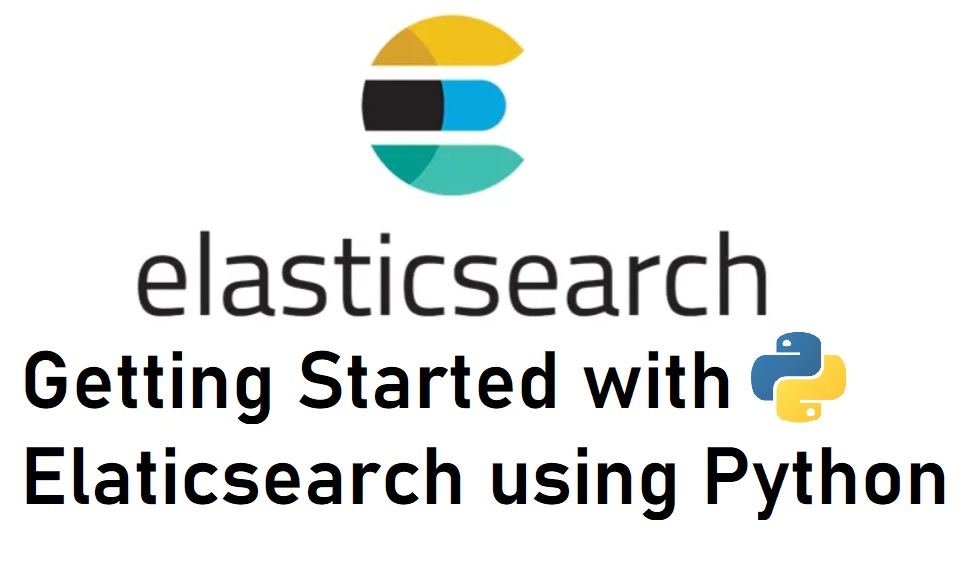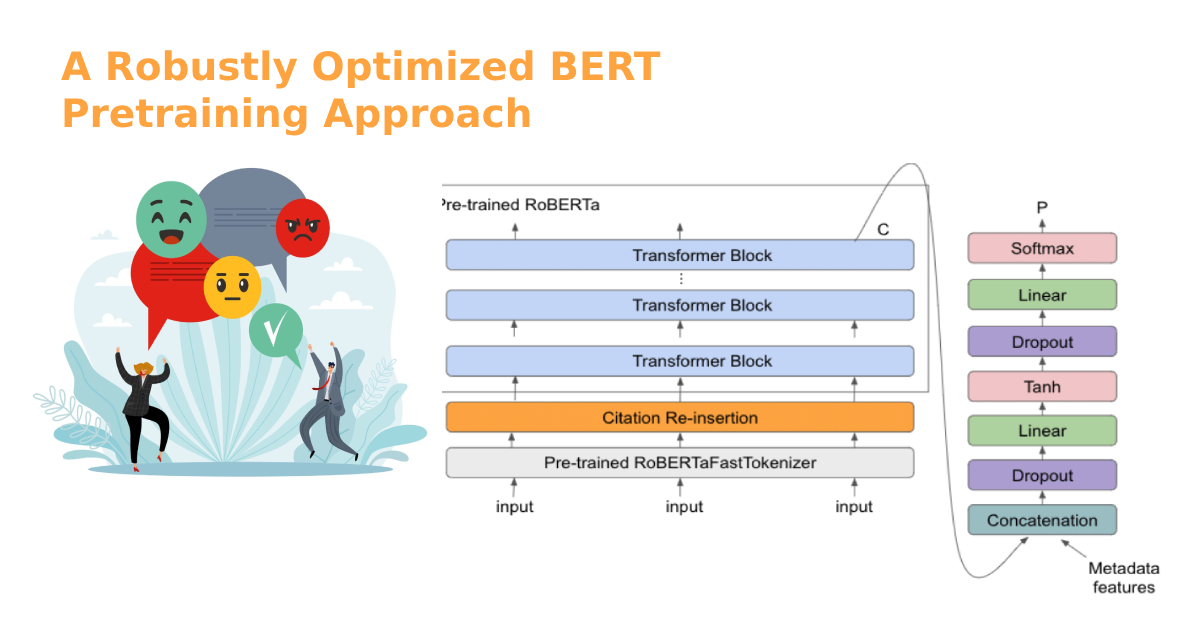Elasticsearch is a powerful open-source search and analytics engine known for its speed and scalability. It’s commonly used to index, search, and analyze large volumes of data. In this blog, we’ll walk you through the process of installing Elasticsearch and indexing documents using Python. We’ll also explore the concept of dynamic mapping, which allows Elasticsearch to automatically detect and assign data types to fields in your documents.
Prerequisites
Before we get started, make sure you have the following prerequisites in place:
- Python: You’ll need Python installed on your machine. You can download and install Python from the official website.
- Elasticsearch: Download and install Elasticsearch by following the instructions on the Elastic website. Ensure Elasticsearch is running before proceeding.
- Python Elasticsearch Client: Install the Python Elasticsearch client library,
pip install elasticsearchSetting Up Elasticsearch and Python
Now that we have the prerequisites in place, let’s start by setting up Elasticsearch and connecting to it using Python.
from elasticsearch import Elasticsearch
# Initialize Elasticsearch client
es = Elasticsearch([{'host': 'localhost', 'port': 9200}])
# Check if Elasticsearch is running
if es.ping():
print("Connected to Elasticsearch")
else:
print("Elasticsearch is not running")
The code above imports the Elasticsearch library and establishes a connection to your Elasticsearch instance running on localhost at the default port 9200.
Dynamic Mapping in Elasticsearch
Dynamic mapping is Elasticsearch’s ability to automatically infer and assign data types to fields in your documents. This is incredibly useful when dealing with a variety of data sources, where you may not know the exact data types in advance.
Let’s see dynamic mapping in action by indexing a document with various data types:
document = {
"title": "Introduction to Elasticsearch",
"author": "John Doe",
"publish_date": "2023-09-18",
"views": 1000,
"tags": ["Elasticsearch", "Search", "Data"],
"is_published": True
}
# Index the document into Elasticsearch
index_name = "blog_posts" # Define an index name
doc_type = "_doc" # Define a document type (deprecated in Elasticsearch 7.x)
document_id = 1 # Optional, specify a custom document ID
response = es.index(index=index_name, doc_type=doc_type, id=document_id, body=document)
In this example, we define a Python dictionary representing a blog post with various data types: string, date, integer, array, and boolean. We then index this document into Elasticsearch.
Elasticsearch will automatically detect the data types and create a dynamic mapping for the fields. You can later search and analyze these documents based on their data types.
Searching Indexed Documents
To search for documents in Elasticsearch, you can use Elasticsearch’s query DSL (Domain Specific Language) or Python’s elasticsearch library to construct queries.
Here’s an example of a simple search query:
search_query = {
"query": {
"match": {
"title": "Elasticsearch"
}
}
}
# Execute the search
search_results = es.search(index=index_name, body=search_query)
# Print the search results
for hit in search_results["hits"]["hits"]:
print(hit["_source"]["title"])
In this query, we are searching for documents where the title field contains the word “Elasticsearch.” You can construct more complex queries and aggregations based on your needs.
Understanding Bulk Indexing
Bulk indexing allows you to insert multiple documents into Elasticsearch in a single API call, which significantly improves indexing performance. The typical format for bulk indexing is a newline-delimited JSON file, where each line represents a document to be indexed.
The structure of a bulk request is as follows:
{ "index" : { "_index" : "index_name", "_type" : "doc_type", "_id" : "document_id" } }
{ "field1" : "value1" }
{ "index" : { "_index" : "index_name", "_type" : "doc_type", "_id" : "document_id" } }
{ "field2" : "value2" }Each document has two parts: the metadata (within { "index" : ... }) and the actual document data.
Bulk Indexing with Python
Let’s write Python code to perform bulk indexing using the elasticsearch library. We’ll also explain each step along the way.
from elasticsearch import Elasticsearch, helpers
# Initialize Elasticsearch client
es = Elasticsearch([{'host': 'localhost', 'port': 9200}])
# Define the index name
index_name = "my_index"
# Create a list of documents to be indexed
documents = [
{"title": "Document 1", "content": "This is the content of Document 1."},
{"title": "Document 2", "content": "Content for Document 2."},
# Add more documents here
]
# Define a generator function to prepare documents for bulk indexing
def bulk_index_data():
for doc_id, doc in enumerate(documents):
yield {
"_op_type": "index",
"_index": index_name,
"_id": doc_id + 1, # You can specify your own document ID here
"_source": doc
}
# Use the helpers.bulk method to perform bulk indexing
try:
success, _ = helpers.bulk(es, bulk_index_data())
print(f"Successfully indexed {success} documents")
except Exception as e:
print(f"Error: {e}")
Here’s what’s happening in the code:
- We initialize the Elasticsearch client and specify the index name as “my_index.”
- We create a list of documents, where each document is represented as a dictionary.
- We define a generator function,
bulk_index_data(), to prepare the documents for bulk indexing. In this function, we set the operation type to “index,” specify the index name, and provide a document ID. - Finally, we use the
helpers.bulkmethod to perform bulk indexing. If successful, it returns the number of documents indexed.



